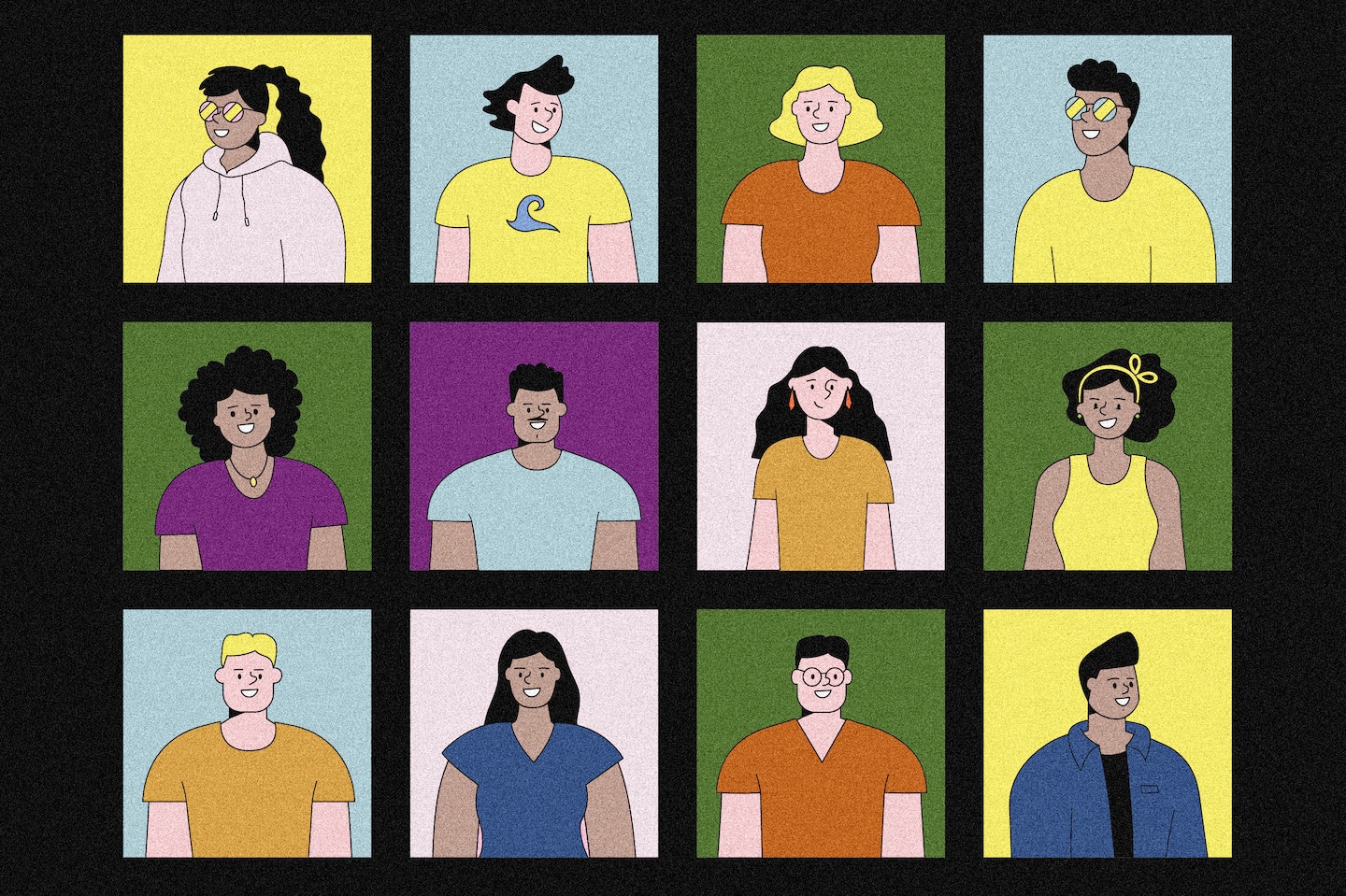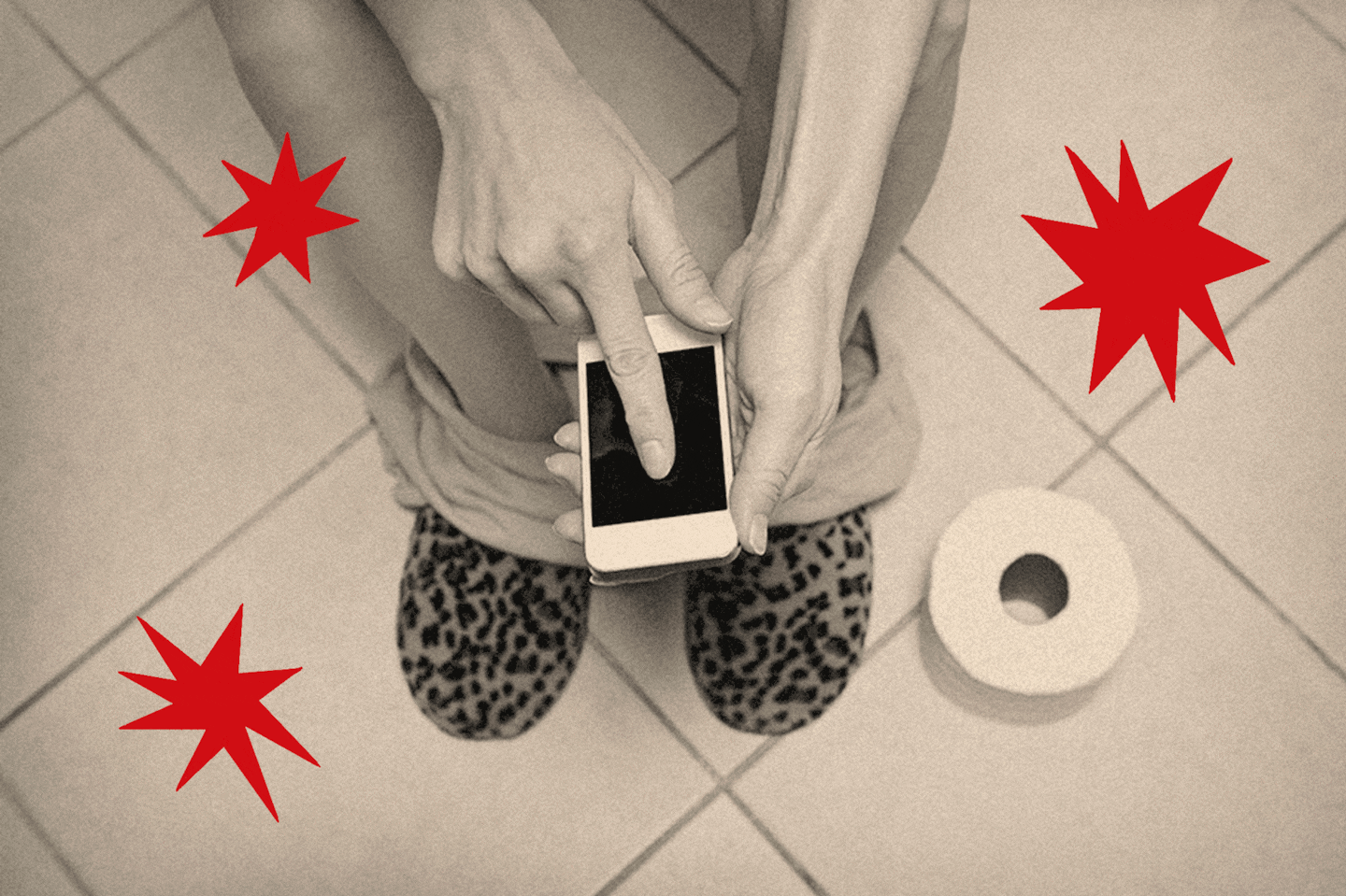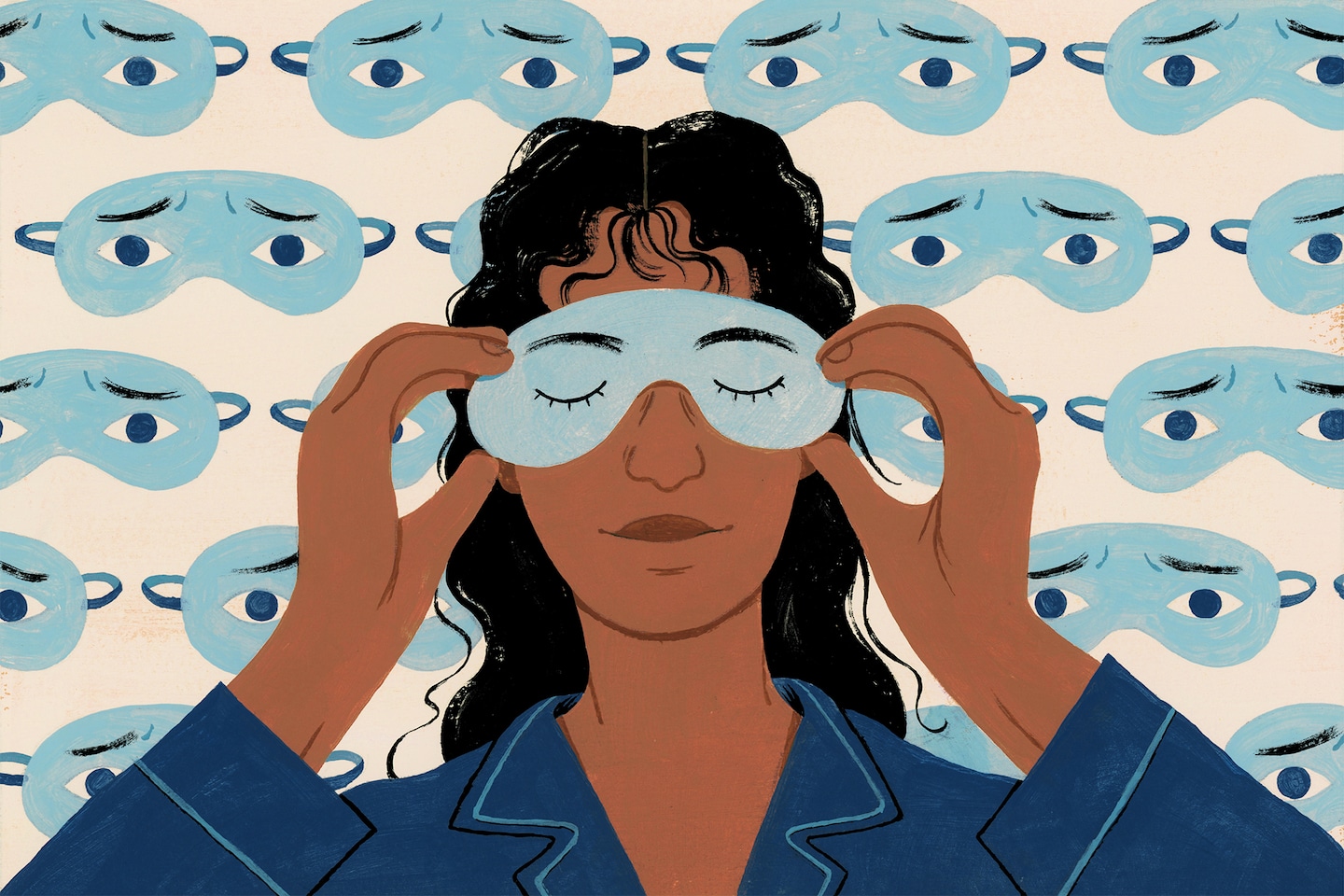
Artificial intelligence tools have made it easier than ever to generate images almost instantly. And AI tools peddling professional headshots for a fee are helping job seekers and workers quickly update their close-ups to appear as the best versions of themselves — or even better versions in some cases. But despite the ease of the process, the technology still has some kinks that could affect people’s body types, facial features or even alter ethnicities. And while using an AI-generated photo of yourself may impress and intrigue some, others could associate it with lying or being superficial.
“It’s time to admit we’re soon going to be surrounded by representations of the world which aren’t real … and they will become less and less real every day,” said Kristian Hammond, a computer science professor at Northwestern University who studies AI.
The Help Desk tested three AI headshot web applications — Aragon.ai, Secta Labs, and Try It On. Though the three providers had different requirements, settings and styles of photos, they all had a couple of things in common: Each offered at least one photo that closely resembled the person and were professionally appropriate, and each provided results that had issues ranging from comical to borderline offensive.
How do AI headshot tools work?
Users visit the providers’ website, upload their photos and get their results anywhere from 20 minutes to a few hours, depending on the service and the demand.
Aragon.ai only requires six photos of yourself, while Try It On asks for at least 10, and Secta Labs needs a minimum of 15 photos. The services have a set of questions or options for users to help its systems better understand the images. Aragon.ai asks questions such as gender, age range and ethnicity, while Secta Labs allows you to include comments about preferred results including specific facial expressions, backgrounds or clothing. Try It On allows you to pick specific styles of photos you want to see, like whether you want them to be glamour shots or more professional.
Once the photos and options are selected and approved by the system, AI takes over. The tech uses artificial intelligence, some which was originally built on Stable Diffusion but are now proprietary models, to intake everything it knows about different types of people, options you chose and your uploaded photos. The result is an image that is ultimately a conglomeration of all three.
“Depending upon the balance in the training data, you will have a movement toward a norm,” Hammond said. “They will bring the image toward … what someone does look like and what it assumes they should look like.”
The services range from $21 to $79 and generate between 20 to 200 headshots, depending on the package you choose. Images are all downloadable and in some cases can even be edited, manually or with AI.
A good portion of the AI headshot had a likeness to the person’s face. And all of them provided a number of options that feature different angles, poses, expressions, clothing options, backgrounds and sometimes hairstyles.
Marko Jak, co-founder of Austin-based Secta Labs, said it uses respective models that are applied to different people to produce more realistic results.
“Open-source models are biased toward White people,” Jak said. “So one of the key things we ask is gender and ethnicity because we change the entire process depending on that.”
The Secta Lab AI tests showed some generally realistic results, but its newer models — scheduled to be released later this month — are expected to be more accurate. San Francisco-based Aragon.ai is also working on improving facial resemblance and increasing user control of the results.
While altering an image isn’t new, the scale at which people can make changes and create images — and the speed and ease in which they can do it — is what has made AI photo generators so transformative. Some providers say their technology is just the next advancement in photography following digital cameras, editing applications like Adobe Photoshop and filters on social media, smartphones and photo apps.
“It just makes traditional photography accessible to everyone,” said Wesley Tian, co-founder and chief executive of Aragon.ai.
The tech isn’t perfect, so be prepared to see some strange or even shocking results.
Some people experience unease in response to the humanlike depiction. In more extreme examples, the AI photo resembled what you might see in a funhouse mirror with over-exaggerated eyes, shrunken noses or expanded foreheads. In other cases, the inaccuracy is subtle.
In our test, all three providers seemed to have trouble gauging a person’s body type since the uploaded photos are only from the shoulders up. So the results included depictions of the person that were thinner, heavier or taller than they really are.
It also took liberties with the chest, and for women specifically, how much they want to accentuate it. So clothing options ranged from high buttoned-up shirts, to tops showcasing cleavage to low-cut blazers worn bare-chested. One reason women may see more scantily clad results is because more sexualized images of women exist on the internet, which could be reflected in the AI’s training data. But it also may be offered intentionally.
“I assume there’s a conscious decision to provide some … in case that’s where you want to go,” Hammond said.
The AI also struggled with hair types — more so with people with longer hair or varying hairstyles. Sometimes, it couldn’t decide whether the result should include short or long hair or an updo or down-style, so it produced some strange hybrid.
Another common problem with AI? Details like fingers, earrings, teeth and sometimes even hands, arms, necks and sleeves. A few times, the AI also aged the person about 30 years.
Should you use AI headshots?
AI headshots are growing in popularity, AI experts and image providers say. But there are a couple of things you should consider before using one.
First, ask yourself what you are trying to convey and consider what your industry cares about, said Olivier Toubia, marketing professor at Columbia Business School. For example, for actors, headshots are really important, but it may not matter at a call center.
AI could offer you an opportunity to showcase your creativity, comfort with tech or whimsical side. But if you’re straying too far from reality, it could spur distrust.
“If you’re the type of person who was willing to completely edit your image or how you looked, maybe you lied on your GPA or your credentials,” he said. “You could be signaling that you’re not trustworthy.”
AI headshot customers are using their photos for their LinkedIn profiles, company websites, internal email or chat apps, and even dating profiles and passport photos, providers said. The State Department, however, says it doesn’t allow digital alterations on passport photos, though it is unclear if it can identify AI-generated ones. Having an AI profile photo is not a violation of LinkedIn’s policy as long as it reflects someone’s likeness. But it has systems aimed at detecting and removing accounts that use AI photos for fake profiles.
Josh Drew, a tech hiring and consulting expert with the recruiting firm Robert Half, said he doesn’t put much weight on AI photos or profile photos — but if you’re going to have a photo, make sure it’s a good one.
“I’d rather see someone put their best foot forward than something unprofessional,” he said. “But ultimately you’ve got to be the person you’re trying to represent.”






